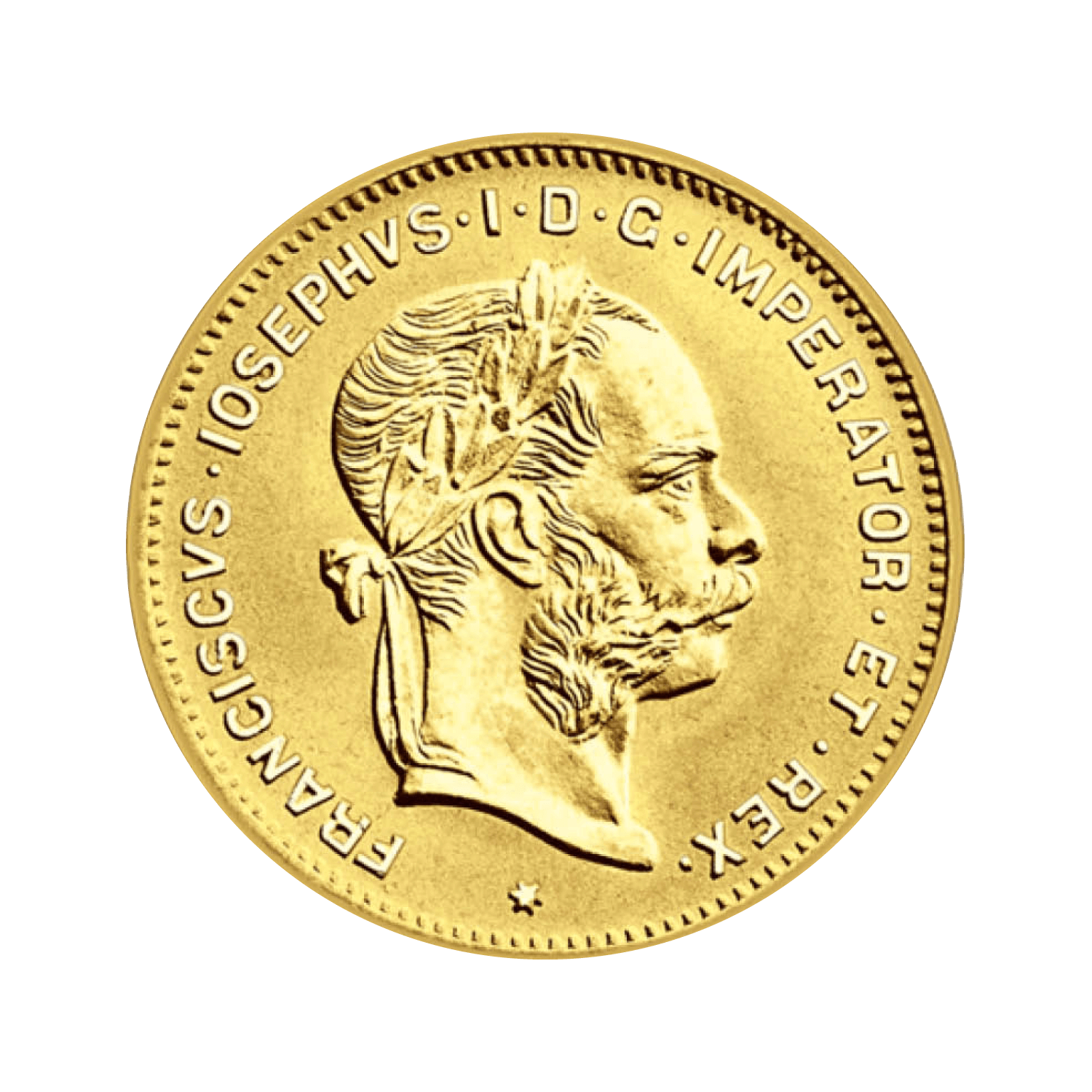
For centuries, gold and silver were a common currency. Gold and silver coins passed from hand to hand as circulation coins. The value of the coins was directly covered by their material value (curant coins).
What is the gold standard?
In the 19th century, other forms of gold backing were introduced. It was no longer just the metal value of the coins themselves that determined the value, but the knowledge that the central bank had to exchange every coin or banknote for gold (gold convertibility).
Ultimately, several forms of a gold standard can be identified, depending on the amount of gold actually used to "collateralize" the value.
Gold in circulation: currency that is 100% backed by gold. Either through actual gold bullion coins or full coverage by the central bank
Gold core currency: In this form of the gold standard, only a percentage of the currency is backed by gold (partial backing). The central bank does not necessarily have to hold gold reserves in order to actually exchange the entire amount of money in circulation for gold. However, a certain percentage must be held as a gold reserve.
Gold exchange standard: Instead of covering the value of their own currency with their own gold reserves, central banks could also hold foreign currencies that are backed by gold. Their own currency is then only indirectly backed by gold.
The term gold standard is therefore used when a currency either consists directly of gold coins or the currency can be exchanged for a defined amount of physical gold at the relevant central bank at any time.
The great advantage of a gold standard lies in the high stability of gold-backed currencies. This is because the value is always linked to the price of gold and the quantity of gold is naturally limited. The exchange rates between different gold-backed currencies and confidence in them is therefore also high.
A disadvantage, however, is the lack of flexibility with regard to economic and monetary policy measures.
When was the gold standard abandoned?
After most countries had abolished the gold convertibility of their currencies in the course of the First World War, the states returned to the gold standard in the 1920s. However, various economic policy developments and the crises of the 1920s and 1930s soon forced many countries to stop backing their currencies with gold.
US President Franklin D. Roosevelt suspended gold convertibility in 1933 and even imposed an interim private gold ban. As a result, numerous other countries also abandoned the gold backing of their currencies.

After the Second World War, the Bretton Woods system agreed on a system of fixed exchange rates, with the US dollar as the reserve currency. As such, the US dollar was backed by gold. A troy ounce of gold cost 35 dollars and the US Federal Reserve was obliged to exchange dollars for gold at this price at any time.
The gold standard was finally abolished in 1971, when the then US President Richard Nixon declared that gold convertibility would be abolished. This meant that US dollars could no longer be exchanged for gold.
Gold reserves of the states

Even though there is no longer a gold standard in any country in the world today, virtually all central banks still hold physical gold as a currency reserve, and the gold bars that the central banks have in their vaults as a gold reserve are so-called good delivery bars. These are gold bars that have to meet certain quality requirements of the London Bullion Market Association (LBMA).
Return to the gold standard?
Calls for a return to the gold standard are heard time and again. Particularly in times of high inflation or massive expansion of the money supply (quantitative easing), critics cite gold backing as a potential solution. However, most economists do not consider a return to the gold standard to be expedient, as such a system is too rigid for modern economies.
However, rumors have recently emerged that the BRICS countries (Brazil, Russia, India, China and South Africa) are planning to introduce a common, gold-backed currency in order to break the dollar hegemony.
Physical gold as protection against currency decline
A return to a gold-backed US dollar or even the introduction of a gold backing for the euro is not in sight. Nevertheless, everyone can protect themselves against a fall in value or currency by building up their own personal gold reserve.
Gold is an excellent way to protect your savings, is a proven form of "economic self-defense" against the ongoing devaluation of your money and can also survive currency crises (collapse of the euro).

We therefore advise our clients to invest around 10-20% of their assets in gold, silver, platinum and other precious metals. Not for speculation, but as a genuine hedge against currency devaluation, currency collapse and financial crises.
You are always on the safe side with an investment in precious metals! Due to its limited availability, gold has been a lasting value for many centuries. You can rely on that!










